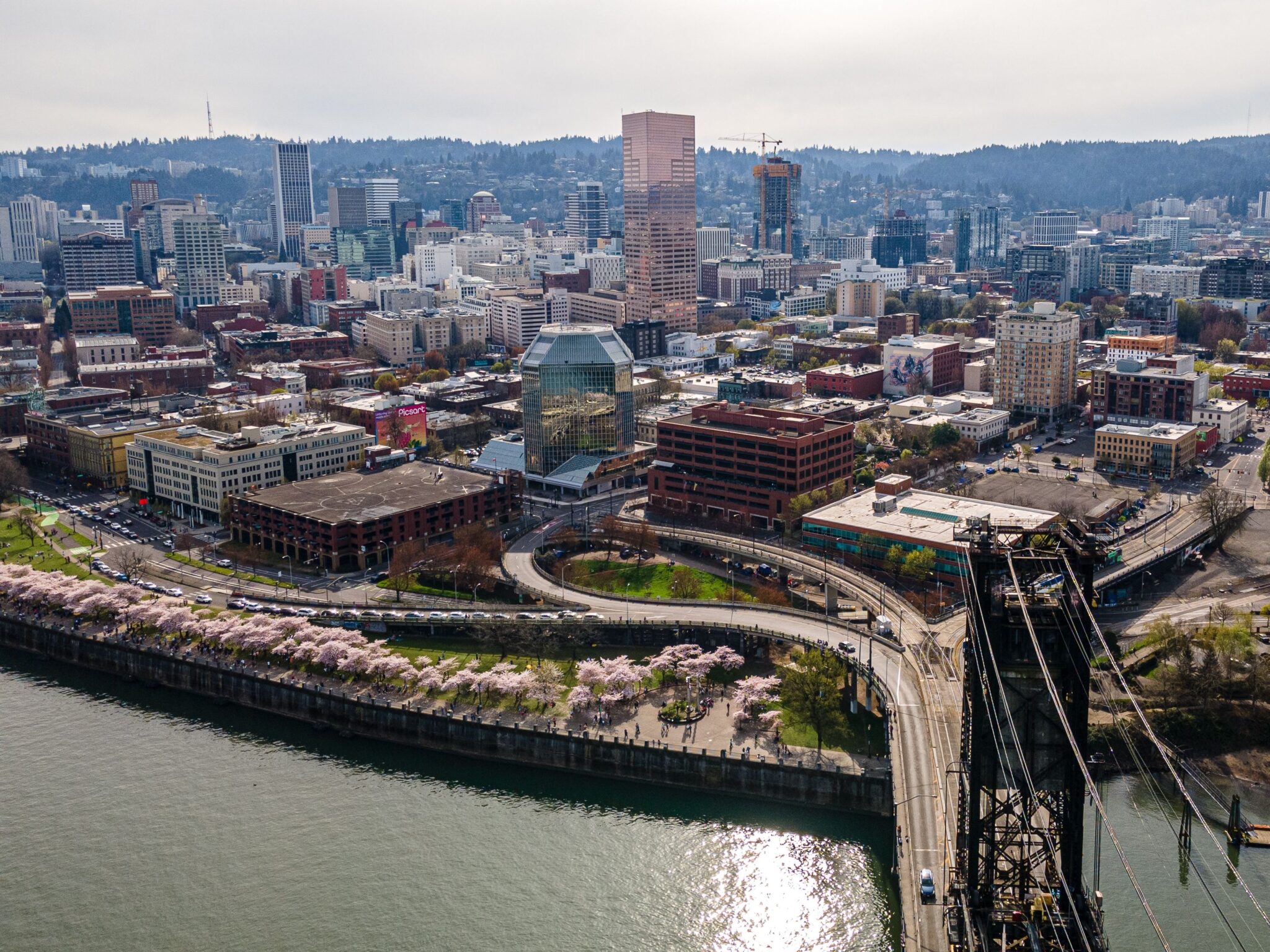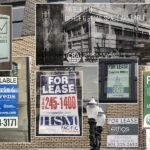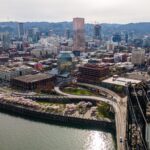Kidder Matthew senior VP says the commercial real estate market is adapting to reduced demand
Office vacancies in the Portland market reached 13.2% in the third quarter of this year, according to commercial real estate firm Kidder Mathews’ real estate report. That’s the highest Portland office vacancy rate in recorded by Kidder Mathews in its 20-year history, but asking prices held stagnant at $28.68 per square foot. And while rental vacancy is high, sales volumes for commercial real estate have increased, both year-over-year and quarter-over-quarter.
In Q2, commercial real estate researcher CBRE partially attributed the city’s rising vacancy rates to the completed office space that came online that quarter, notably The Offices at 11W.
Kidder Mathews’s Q3 report, which was released last week, says tenants are continuing to shed space amid historically high commercial real estate prices.
Mark Fraser, senior vice president at Kidder Mathews, says businesses require less space to operate due to an increase in remote and hybrid work. He cited law firm Miller Nash’s recent move as an example.
“Miller Nash is moving into less space than they were occupying before because they, like every other law firm in the city, need fewer square feet per attorney than they did five, 10, or 20 years ago,” says Fraser, who says the trend is rising across multiple sectors. “I’ve been paying attention for a long time, and I can’t think of an exception. Real estate firms, insurance firms, and high-tech firms — all of them are using less square footage per employee. I don’t think the problem we have is oversupply, I don’t think it’s a real problem with public safety. I think people are using office spaces differently than they used to.”
Fraser calls the disruption in the commercial real estate market a “sea change.”
According to the Kidder Mathews report, the current commercial real estate environment is to the advantage of tenants seeking new office space. Downward rate pressure as well as increasing concessions, improvement costs and downtime are expected to continue.
The report points out that issues of acute vacancy, rent retraction and debt maturity problems are beginning to be resolved in capital markets, and that there will be “tremendous long-term opportunity in the basis re-set that will occur in quality assets that have looming debt maturities if the clearing continues.”
“That’s a fancy way of saying foreclosures are happening,” says Fraser. “People are buying notes on properties for less than face value. A perfect example is the American Bank Building, which was purchased eight years ago for $44 million dollars. Now it’s turned around and being sold for $13.6 million. That’s less than 50%.” Shortly after Kidder Mathews released its report, the Portland Business Journal reported that a lender is foreclosing on a loan tied to the Montgomery Park office building in Northwest Portland.
Fraser pointed to record low unemployment as an indicator that the high vacancy rate for office buildings isn’t a symptom of an impending recession, but rather a change in the commercial real estate market specifically. He says the vacancy rate will continue to climb as more businesses’ leases expire, and they realize their office needs are not as extensive as they had been.
“We actually have a remarkably perky economy right now. The economy is healthy, it’s the commercial real estate market that’s unhealthy, and that’s an unfortunate fact of life,” Fraser says. “As tenants’ leases roll, and they find themselves with 50% or 30% too much space, they’re going to look at their office space and say ‘I don’t need all this space for my employees. My business is good. My employees are working in the office two or three days a week. Why should they be paying a janitor every one to five days?’ This is going to get worse.”





